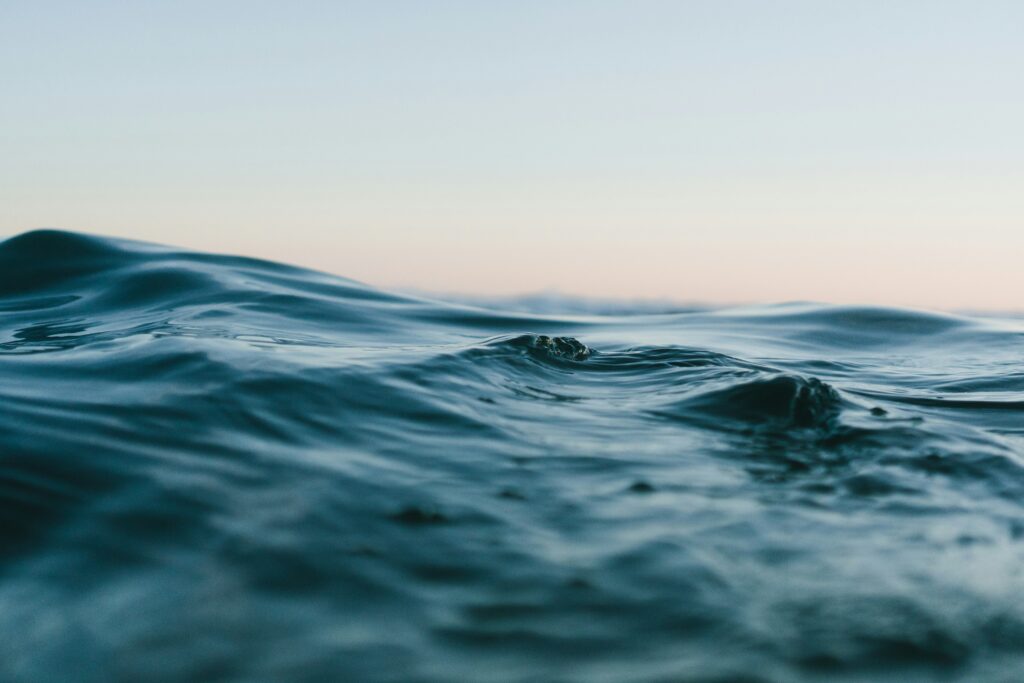British startup Deep is set to revolutionize ocean exploration with its pioneering underwater habitat project. In early 2025, Deep will test Vanguard, a small, modular habitat, as a precursor to the larger Sentinel system planned for completion in 2027. These initiatives aim to enable long-term human habitation at depths of up to 200 meters.
The Vanguard project marks a significant milestone for Deep, allowing three divers to live and work underwater for up to a week. This project serves as a stepping stone to the Sentinel system, which will support up to six people for extended periods. Deep’s innovative approach utilizes advanced 3D printing and welding techniques to fabricate large, robust structures capable of withstanding high pressures. The technology promises to vastly improve marine research efficiency by reducing decompression times and enhancing access to previously unreachable ocean depths.
Deep’s manufacturing arm, Deep Manufacturing Labs, has developed a cutting-edge wire-arc additive manufacturing process. This technology combines 3D printing and welding to construct durable hulls for the habitat modules, ensuring they withstand the rigors of deep-sea environments. The Vanguard habitat will also feature versatile energy solutions, including connections to renewable energy sources and backup systems to ensure 96 hours of life support in emergencies.
Underwater habitats like Sentinel are poised to transform marine science by providing continuous access to oceanic ecosystems, crucial for understanding climate change impacts. With 90% of ocean biodiversity still unexplored, these habitats could expedite research and conservation efforts significantly. Experts like John Clarke, formerly of the U.S. Navy, see Deep’s efforts as groundbreaking, highlighting the project’s potential to expand human interaction with the ocean.
As Deep progresses towards realizing a permanent human presence underwater by 2030, the project promises to unlock unprecedented opportunities for marine science. The success of this initiative could pave the way for sustainable ocean exploration, offering novel insights into marine biodiversity and environmental changes.
Article Source: An ocean-engineering project will build an undersea habitat – IEEE Spectrum
Image Credit: Photo by Matt Hardy on Unsplash









